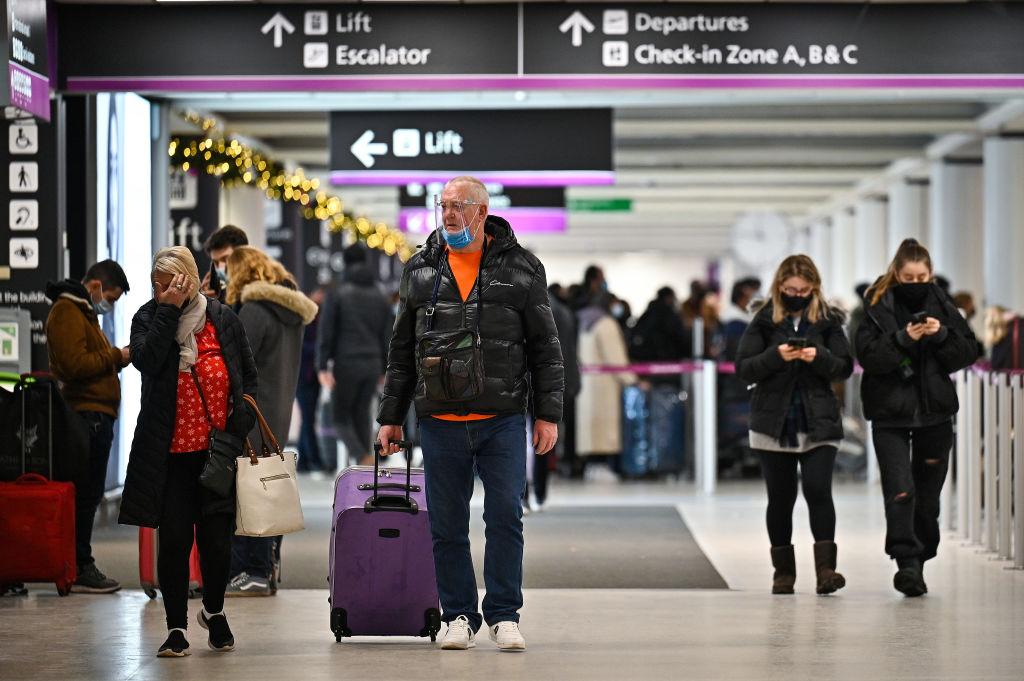
The global airline industry barely operated 50% of 2019 traffic levels in October, according to IATA, which said the industry is “slowly” recovering from the COVID-19 pandemic.
October passenger traffic was down 49.4% compared to October 2019, IATA reported. The difference between domestic flying and international operations was notably stark. Airline passenger traffic in domestic markets worldwide was down 21.6% compared to October 2019, with the US and Chinese domestic markets leading the way in the recovery. But international traffic was down 65.5% compared to October 2019.
IATA noted the global industry getting above 50% of 2019 traffic levels in October was an improvement over September, when traffic was down 53.3% versus September 2019.
“The progress seen [in October] came on the back of rising vaccination rates and decreasing air travel restrictions,” IATA said in an analysis of the October results. “But new infection rates are growing globally, and in particular in Europe. Moreover, the emergence of the omicron variant is likely to negatively impact the recovery. While it is too early to see an impact in bookings, travel restrictions have immediately been reimposed, and uncertainty is now much higher. Where stability had been slowly and steadily regained, this will affect consumer confidence and dampen demand.”
IATA DG Willie Walsh added: “October’s traffic performance reinforces that people will travel when they are permitted to. Unfortunately, government responses to the emergence of the Omicron variant are putting at risk the global connectivity it has taken so long to rebuild.”
North American airlines operated 80.3% of 2019 domestic capacity in October, according to IATA. The US surpassed 2019 domestic capacity levels in October 2021.
No other region saw a domestic capacity recovery on the level of North America. Latin American carriers were second-best with a 67% recovery of domestic capacity compared to October 2019.
Asia-Pacific airlines fared the worst, reporting a domestic capacity recovery of just 43.5% compared to October 2019. However, domestic capacity in China recovered to 90.3% of pre-pandemic levels.
The international capacity picture is not as bright. North American airlines reported that international capacity in October was still down 43.2% compared to October 2019. European carriers’ international capacity dropped 41.3% versus October 2019, while Asia-Pacific airlines reported that international capacity was down 83.8% versus October 2019. Asia-Pacific is by far the slowest region to recover on the international front.
The Middle East's airlines saw their international capacity down 49.1% in October compared to the same month in 2019. Latin American airlines reported a 52.5% drop in October international capacity compared to pre-pandemic levels. African airlines’ October capacity was down 49% compared to October 2019.
“The lifting of the US restrictions on travel from some 33 countries [in November] raised hopes that a surge in pent-up travel demand would buoy traffic over the coming Northern Hemisphere winter,” Walsh said. “But the emergence of the omicron variant panicked many governments into once again restricting or entirely removing the freedom to travel … The ill-advised travel bans are as ineffective as closing the barn door after the horse has bolted.”





